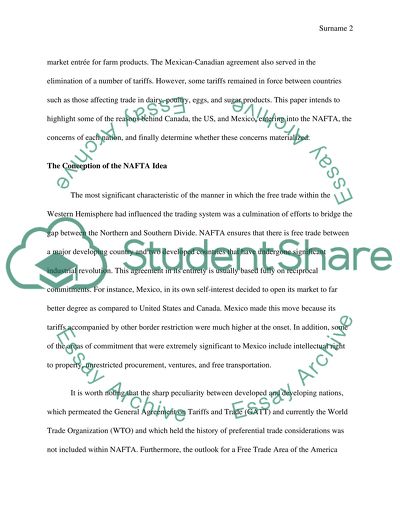Cite this document
(“North American Free Trade Agreement (NAFTA) Essay”, n.d.)
Retrieved from https://studentshare.org/law/1436435-see-order-instructions-below
Retrieved from https://studentshare.org/law/1436435-see-order-instructions-below
(North American Free Trade Agreement (NAFTA) Essay)
https://studentshare.org/law/1436435-see-order-instructions-below.
https://studentshare.org/law/1436435-see-order-instructions-below.
“North American Free Trade Agreement (NAFTA) Essay”, n.d. https://studentshare.org/law/1436435-see-order-instructions-below.


